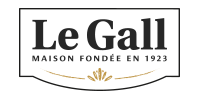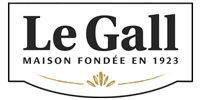Accueil » All You Need to Know About Butter
All You Need to Know About Butter
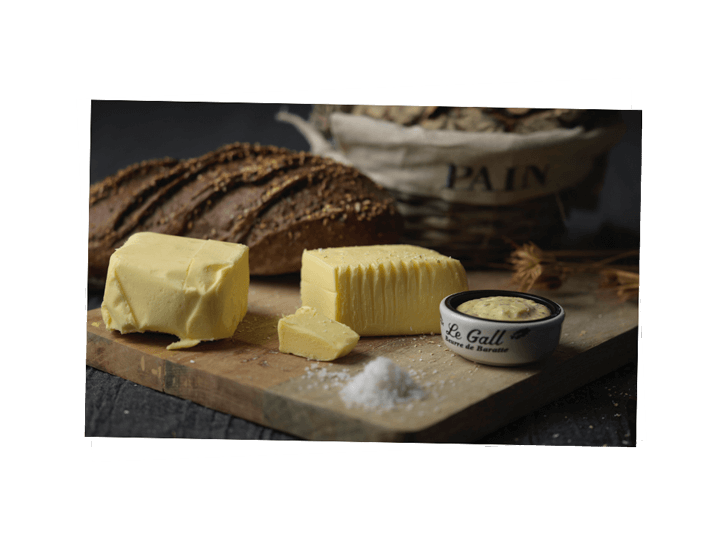
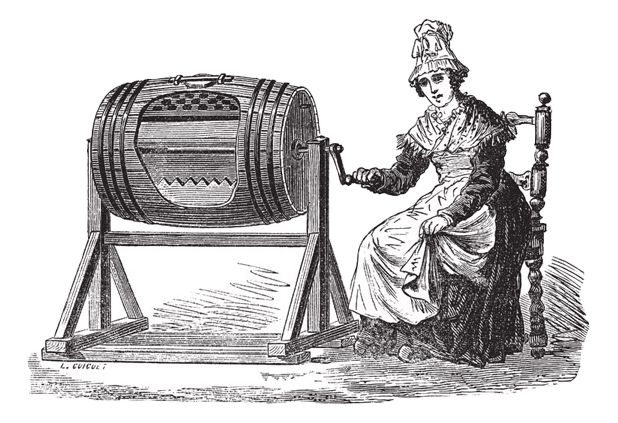
Did you know?
In France, butter is the most widely used fat!
The French are the world’s biggest butter consumers, with an average consumption of 8 kg per person per year.
A long history
The history of butter dates back several thousand years. The Greeks and Romans used butter in cosmetics, as its thick texture was ideal for moisturizing the skin of both women and men, while olive oil was primarily used for cooking.
In the 15th century, the French consumed large amounts of butter, which was then known as “the poor man’s fat” because it was inexpensive to produce. The wealthier classes, on the other hand, preferred lard (white pork fat, commonly used to make rillettes, for example).
Cooking butter also emerged in the 15th century and became a staple ingredient in many pastries and sauces. During the Age of Enlightenment, butter and lard were the most commonly used fats in cooking, far surpassing olive oil—except in the Mediterranean region.

The Art of Making Churned Butter
To create the finest butter, it all starts with selecting the highest-quality cream— the essential base ingredient.
At Le Gall, the cream is matured for an average of 15 to 18 hours.
This maturation process enhances the development of aromas and flavors, giving the butter its distinctive nutty taste. The traditional butter-making method involves a maturation stage using a natural leavening agent, followed by slow churning. In a churning drum, the matured cream is gently churned, first separating the fat from the buttermilk, then refining the texture to achieve a smooth and supple consistency.
These butters are made with care, taking 24 hours to produce, resulting in a rich, creamy flavor.
This slow, artisanal process is a world apart from industrial butter production. The diagram below illustrates the key differences between industrial and churned butter.
Butter through the seasons
Butter’s characteristics change with the seasons. Its color, taste, and texture depend on the cows’ diet, which varies according to the season, climate, and local landscape.
There are distinct butters for spring, summer, autumn, and winter. In spring, butter is at its best— a vibrant buttercup yellow, richer in omega-3 and omega-6, and naturally easier to spread. In winter, when cows are mainly fed hay, butter becomes paler and firmer.
Located in Quimper, Le Gall benefits from Brittany’s oceanic climate, allowing cows to graze on fresh grass for much of the year—resulting in butter with exceptional flavor and quality.
Did you know?
covers
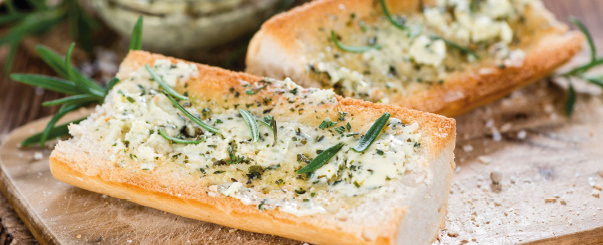
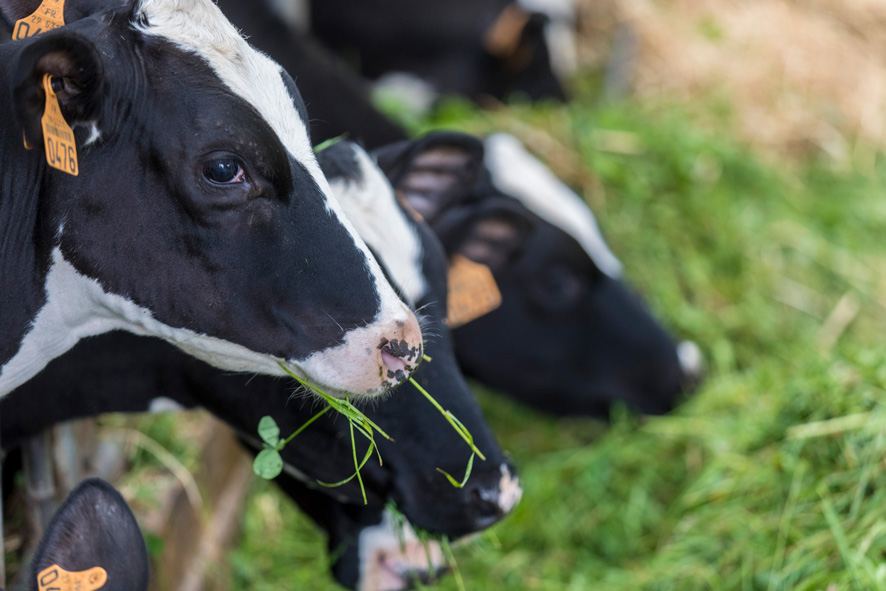
The Benefits of Butter
A Completely Natural and Authentic Product
Butter and dairy products are our primary source of omega-3 fatty acids, which are essential for the body!
Butter is also the only fat that naturally contains vitamin A. This vital nutrient supports vision and growth, strengthens the immune system, and promotes healthy skin. Additionally, butter provides vitamin D, which is crucial for calcium absorption in bones and also plays a key role in immune function.No fatty acid is inherently good or bad—each serves a purpose, and variety is key. They are all essential for maintaining overall health and ensuring the body functions properly.
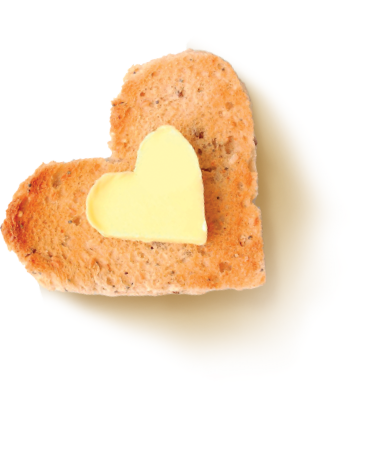
A Kitchen Essential
Butter is a cornerstone of French gastronomy and remains the ultimate must-have in any kitchen.
Versatile by nature, butter has an exceptional character—soft, creamy, firm, or melting, whether hot or cold. It can be kneaded, molded, used to grease molds, or simply melted to take on any shape.
Ranging from creamy ivory white to golden yellow, whether in a wafer or a lump, butter enhances the shine and brilliance of food—an undeniable flavor booster.
Butter is a staple product, a resource for farmers just like bread and wine. It accompanies dishes to give them an aromatic and nutritional richness. In itself, it is a food that is simple to make and complex in its flavour, thanks to its diversity and the ease with which it can become different.
Tugdual Debethune - Expert chef at the contemporary culinary centre in Rennes
Test your knowledge!
Find out all about butter, its benefits, its different varieties and manufacturing processes. How to cook and preserve it.
Everything you always wanted to know about butter but were afraid to ask is here!
How is butter made?
To produce the finest butter, it all starts with selecting the highest-quality cream—the very foundation of butter.
At Le Gall, the cream is matured for an average of 15 to 18 hours. This maturation process enhances the development of aromas and flavors, giving the butter its distinctive nutty taste.
How much milk is needed to produce 1 kilo of butter?
Butter is the dairy product that requires the most milk to produce! It takes 22 liters of milk to make just one kilogram of butter. By comparison, producing a Camembert requires 8 liters of milk, while a Cantal needs 10 liters.
What’s the difference between unsalted butter, semi-salted butter and butter with salt crystals?
Whether raw, fine, extra fine, PDO, organic, or churned, butter can be unsalted, semi-salted, or salted. What’s the difference? Unsalted butter is simply made by churning fresh cream, while a precise amount of salt is added to the other two varieties. The difference between salted and semi-salted butter lies in the salt content: semi-salted butter contains between 0.5% and 3% salt, while salted butter has over 3% salt. Both are specialties closely tied to Breton culture. Salting is done using fine salt or salt crystals, which add a delightful crunch. Occasionally, a local touch is added to the recipe, such as Guérande salt.
Why is butter salted in Brittany?
Before Philippe VI de Valois introduced the gabelle tax in 1342, butter was commonly salted to preserve it. However, this tax changed everything, as the French could no longer afford to use salt as a preservative. The result? Most people stopped adding salt to their butter—except for the Bretons! At the time, Brittany was a Duchy virtually independent from the Kingdom of France, meaning it was exempt from the Gabelle tax and could freely use the salt from its abundant salt marshes.
What is churned butter?
Churning is a traditional craft, essential for producing the finest butter! Churned butter is made from cream that has been matured for at least 15 hours before being carefully churned to separate the fat molecules from the buttermilk. Le Gall has long been a leader in churned butter, renowned for its expertise and dedication to this time-honored method.
What’s the difference between churned butter and industrial butter?
The main difference lies in the production methods! Barrel churning is a traditional process that requires slow, careful craftsmanship. In fact, it takes 24 hours to produce these butters, resulting in a rich, creamy flavor that sets them apart from industrial butters. The diagram below illustrates the key differences between industrial butter and churned butter.
Who are the master buttermakers?
Master buttermakers are the true custodians of our expertise. Every day, they play a crucial role in making our butter an exceptional product. The role of master buttermaker is both demanding and exciting. With a keen eye, nose, and palate, they observe, smell, taste, and appreciate every detail. Like a true conductor, the master buttermaker ensures the preservation of a centuries-old tradition.
How does raw butter differ from traditional butter?
Raw butter is made exclusively from unpasteurized milk, which gives it a stronger aromatic intensity compared to traditional butters. These butters are richer in flavor and more akin to traditional farmhouse varieties. Like all raw dairy products, raw butter is more delicate and has a shorter shelf life.
Can butter be considered a 100% natural product?
Yes, butter is 100% natural! It is made exclusively from milk cream, with no added colorings, preservatives, artificial flavorings, emulsifiers, or additives.
Is low-fat butter considered to be real butter?
For a product to be called “butter,” it must contain at least 82% fat (or 80% for salted or semi-salted versions). If the fat content falls below this threshold, the product can no longer be labeled as butter and must be renamed, such as “low-fat butter.”
How must butter be stored?
Ideally, butter should be kept in its original packaging and stored in a cool place, such as the fridge, away from light and air. It’s best not to cut the wrapping, as this could expose the butter to air. When refrigerated, butter has a shelf life of about three weeks. To extend its freshness, we recommend wrapping it in an additional layer of aluminum foil or plastic.
Butter and cholesterol - friend or foe?
Cholesterol is essential for life! While it is mainly synthesized by the body, it must also be obtained through the diet. Regular, moderate consumption of butter has no impact on cholesterol levels in healthy individuals.
At what temperature should butter be eaten?
Butter releases its full range of flavors when served at a temperature of 16 to 18°C. That’s why we recommend taking it out of the fridge a little while before serving to fully enjoy its fine aromas.
What about butter’s calorie content?
Butter has fewer calories than oil, contrary to the belief of 43% of French people. It contains 82% fat, compared to 100% for oil. A 10g serving of butter provides 75 kcal, while the same amount of oil provides 90 kcal.
Is heated butter automatically bad for your health?
No! Heating food releases aromas, flavors, and colors. When heated gradually, butter retains its benefits up to 120°C. Clarified butter (with all the whey removed) can even be heated up to 180°C.
How and why clarify butter?
Clarified butter is butter from which milk proteins and lactose have been removed.
It has the advantage of withstanding high temperatures and can be stored longer in the fridge. Clarified butter is perfect for making sauces, polishing meats, or sautéing meat and fish.
Here are the steps to obtain clarified butter:
- Melt the butter over low heat or in a bain-marie for at least 15 minutes.
- Remove the white foam that forms on the surface with a spoon. This foam is casein.
- Strain the melted butter through a sieve to separate the whey, which forms a whitish layer at the bottom of the pan, from the pure butter.
